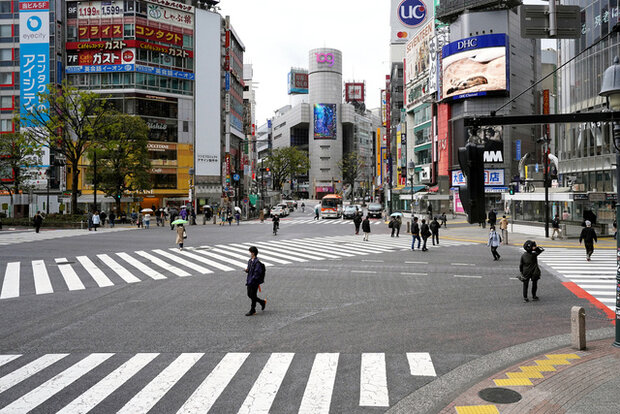Japan’s demographic crisis is exacerbating labor shortages

reported by Mehr News Agency, the Japanese call their country “Nippon Koko” which means the origin of the sun; But this ancient land is now facing a big population challenge. Japanese government data shows that Japan’s population aged 65 and over has reached an all-time high of 36.25 million. According to the report of the Department of Statistics of the Ministry of Interior Affairs and Communications, while the population of the whole country has been decreasing, the population of people aged 65 and above has increased to 29.3% of the population. which is the highest share among the countries of the world.
According to economists at Morgan Stanley, the data raises more concerns about demographic changes and the labor crisis in the country. A survey by Teikoku Data Bank last month found that 51 percent of companies across sectors in Japan felt there was a shortage of full-time employees.
Meanwhile, data from the Bureau of Statistics shows that in 2023, the number of Japanese workers aged 65 and over will increase for the 20th year in a row to a record 9.14 million.
style=”text-align:justify”>
Economists warn that as older workers begin to retire, there will not be enough young workers to replace them.
Based on recent trends, according to the National Institute of Population and Social Security Research, the proportion of elderly people in Japan is expected to continue to rise, reaching 34.8 percent of the total in 2040. The crowd arrives. Meanwhile, recent research by Morgan Stanley estimates that based on past demographic trends, the total labor force could shrink from about 69.3 million in 2023 to about 49.1 million in 2050.
The Japanese government has recognized the economic and social damage caused by these trends and has taken measures to deal with them. Several measures have been taken to reverse the declining birth rate in the country, while the office of Prime Minister Fumio Kishida Policies such as providing more funds for raising children and supporting more child care facilities in the country are on its agenda.
Local governments have even taken steps to support public dating programs aimed at attracting Japanese participation, increasing marriage and childbearing is However, increasing the birth rate will not help much to solve the labor shortage in the short term. Japan’s borders have steadily opened to more immigration in recent years, reaching a record 2 million foreign workers in 2024, and another 800,000 are expected over the next five years, according to local media reports. .
According to economists, replacing the population losses that will occur over the next few decades will require Japan to rapidly add tens of millions of foreign workers. But some people believe that such an action will not happen and that Japan should compensate for its lack by increasing the productivity of the remaining workforce.
Earlier this year, Carlos Casanova, chief Asia economist at UBP, said AI technology is often seen as a solution. Japan’s population crisis is mentioned; But so far, no significant action has been taken to improve this crisis.
According to Casanova, Japan has a consumer-oriented society, so it needs a large labor force that earns money and To maintain economic momentum spend money. Artificial intelligence can be part of the solution; But there are other things that need to be done.


